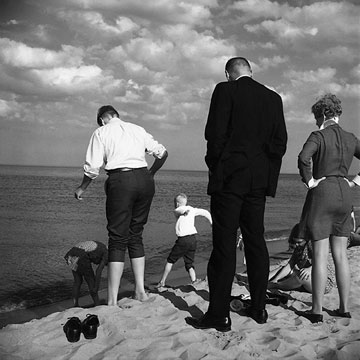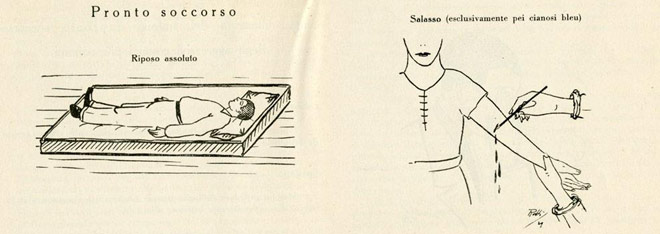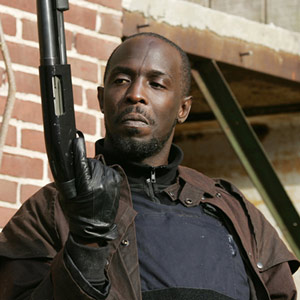The general character of the world, on the other hand, is to all eternity chaos
What’s, in a way, missing in today’s world is more biology of the Internet. More people like Nils Barricelli to go out and look at what’s going on, not from a business or what’s legal point of view, but just to observe what’s going on.
Many of these things we read about in the front page of the newspaper every day, about what’s proper or improper, or ethical or unethical, really concern this issue of autonomous self-replicating codes. What happens if you subscribe to a service and then as part of that service, unbeknownst to you, a piece of self-replicating code inhabits your machine, and it goes out and does something else? Who is responsible for that? And we’re in an increasingly gray zone as to where that’s going.
The most virulent codes, of course, are parasitic, just as viruses are. They’re codes that go out and do things, particularly codes that go out and gather money. Which is essentially what these things like cookies do. They are small strings of code that go out and gather valuable bits of information, and they come back and sell it to somebody. It’s a very interesting situation. You would have thought this was inconceivable 20 or 30 years ago. Yet, you probably wouldn’t have to go … well, we’re in New York, not San Francisco, but in San Francisco, you wouldn’t have to go five blocks to find five or 10 companies whose income is based on exactly that premise. And doing very well at it. […]
In 1945 we actually did create a new universe. This is a universe of numbers with a life of their own, that we only see in terms of what those numbers can do for us. Can they record this interview? Can they play our music? Can they order our books on Amazon? If you cross the mirror in the other direction, there really is a universe of self-reproducing digital code. When I last checked, it was growing by five trillion bits per second. And that’s not just a metaphor for something else. It actually is. It’s a physical reality. […]
The best example of this is what we call the flash crash of May 6th, two years ago, when suddenly, the whole system started behaving unpredictably. Large amounts of money were lost in milliseconds, and then the money came back, and we quietly (although the SEC held an investigation) swept it under the rug and just said, “well, it recovered. Things are okay.” But nobody knows what happened, or most of us don’t know. […]
What’s the driver today? You want one word? It’s advertising. And, you may think advertising is very trivial, and of no real importance, but I think it’s the driver. If you look at what most of these codes are doing, they’re trying to get the audience, trying to deliver the audience. The money is flowing as advertising.






















